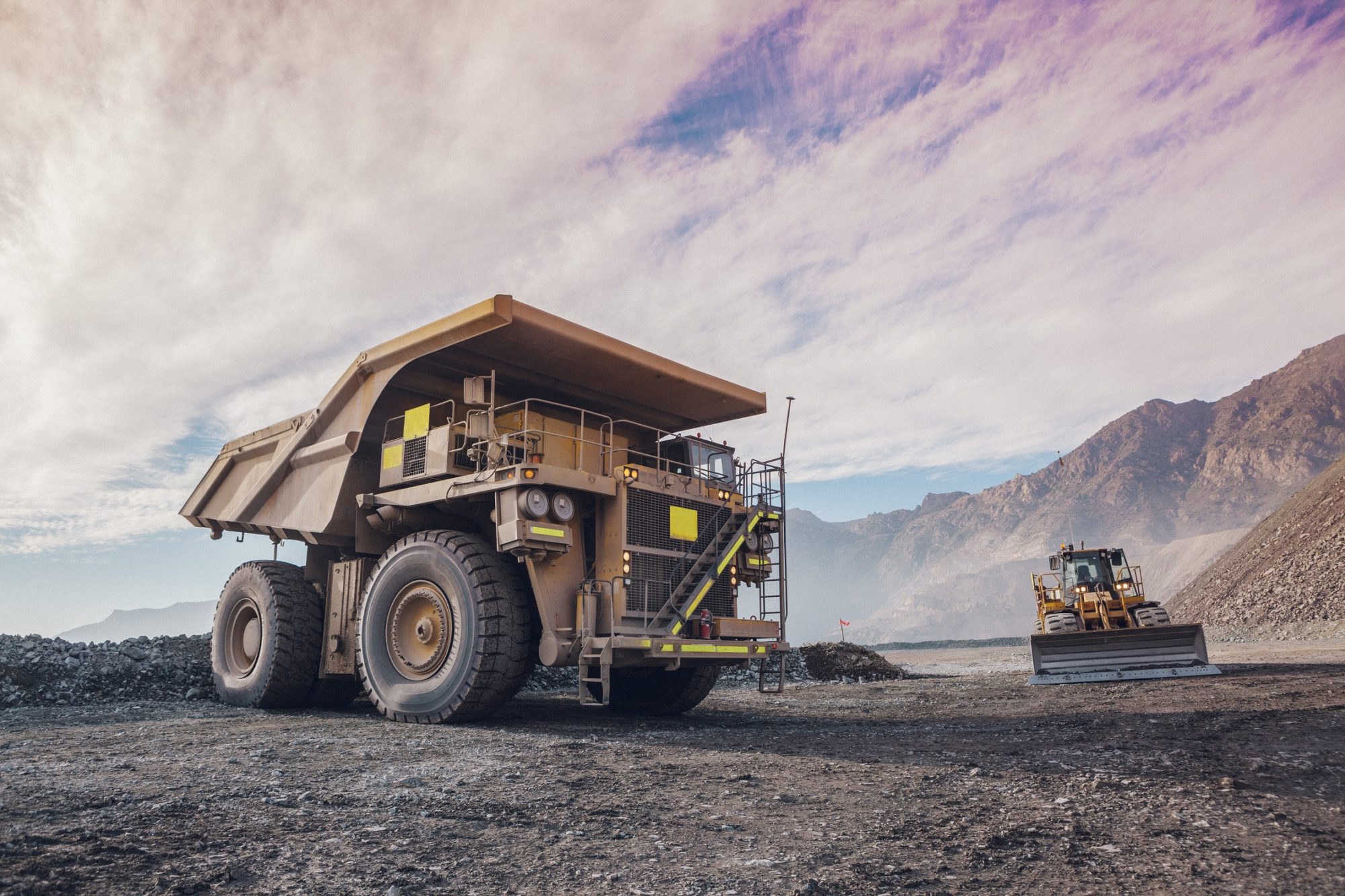Ichiro Nakano, Vice President, Komatsu was interviewed by Van Lin, Director at embedded IoT specialist Advantech for a partnership case study. With the advent of IoT, Komatsu, a global leader in heavy duty and construction equipment, is embracing smart construction with innovative 3D modelling systems and autonomous heavy construction equipment that are powered by Advantech’s ICT solutions and in-vehicle computers. In addition to relying on its skilled personnel, Komatsu also proposes to utilise 3D modelling in the job site processes— powered by Advantech’s TREK in-vehicle computing and communication platform—to precisely execute tasks, thereby preventing human errors and minimising risks associated with staff shortages.
“Twenty years ago, IoT would have been inconceivable and impossible to accomplish. Nevertheless, Komatsu showed tremendous vision by implementing the industry’s first standardised telematics system ‘KOMTRAX’ for its construct ion equipment in 2001. ‘KOMTRAX’ greatly increased Komatsu’s competitiveness in the industry, monitoring the status of equipment, facilitating arrangements for maintenance, and predicting the occurrence of malfunctions, thereby minimising equipment downtime and maximising equipment productivity.”
According to Ichiro Nakano, who is Vice President of the Development Division, Komatsu’s Dantotsu business strategy has three aspects: products, services, and solutions. Dantotsu, which means “unrivalled” in Japanese, symbolises Komatsu’s commitment to delivering excellent products, services and solutions to its customers.
“While Komatsu provides quality products that ensure superior performance and reliability, the telematics system ‘KOMTRAX’ was introduced to support services, ie, remotely monitoring the condition of equipment and providing complete after-sales services such as repair, maintenance, and technical assistance. Komatsu offers a standard warranty and an extended warranty that utilises KOMTRAX’s remote manage function to manage the location of equipment for timely repair and maintenance. This has been a key differentiator, helping Komatsu stand out from the competition.”
Nakano-san points out that Komatsu introduced semi-automated dozers in 2013 and semi-automated excavators in 2014 to deal with shortages of skilled operators and improve productivity at construction job sites. “Since after the deployment of those, we realised automated equipment contributes only a small part of the construction process, to radically improve productivity, construction operations had to be thoroughly overhauled. Therefore, Komatsu introduced the concept of 3D modelling for the entire construction processes and started SMARTCONSTRUCTION in 2015, so as to transform itself to help customers from a manufacturer to a service provider and eventually a solution provider.”
Since its establishment, Komatsu has developed systems and manufactured electronic devices in-house in order to control product quality and reliability. This has been an important competitive advantage. “Nevertheless, after serious consideration of integration issues and talent recruitment, Komatsu turned from embedded microprocessor systems to the in-vehicle PC based platform, and partnered with Advantech due to the superior quality & service of its TREK in-vehicle computing & communication platform.”
Advantech provided rugged and trusted TREK in-vehicle platform for Komatsu’s semi-automated construction equipment to realise features such as 3D modelling manipulation and graphical user interfaces. Advantech also provided ultra-rugged DLT computers to Modular Mining, the Komatsu subsidiary providing operation optimisation systems for the mining industry, and to Komatsu’s Autonomous Haulage System, the world’s first autonomous driving system for large mining dump trucks.
“Besides the ruggedness and stability of its TREK in-vehicle platform, Advantech’s application-oriented middleware and software also made Komatsu’s application development more productive. With the assistance of semi-automated equipment, management has been able to lower criteria for operators and recruit digital generation staff with less experience for jobs that in the past required decades of experience.” Nakano-san emphasised that the future of SMART CONSTRUCTION is to go full steam ahead with automation. “Autonomous heavy equipment will revolutionise the construction and mining industries by solving personnel shortage issues, eliminating human errors, creating a safer work environment, executing tasks with impeccable precision, increasing productivity, and lowering operational costs. Komatsu continues to collaborate with Advantech to realise an autonomous environment for equipment and systems used in the construction and mining industries.”











